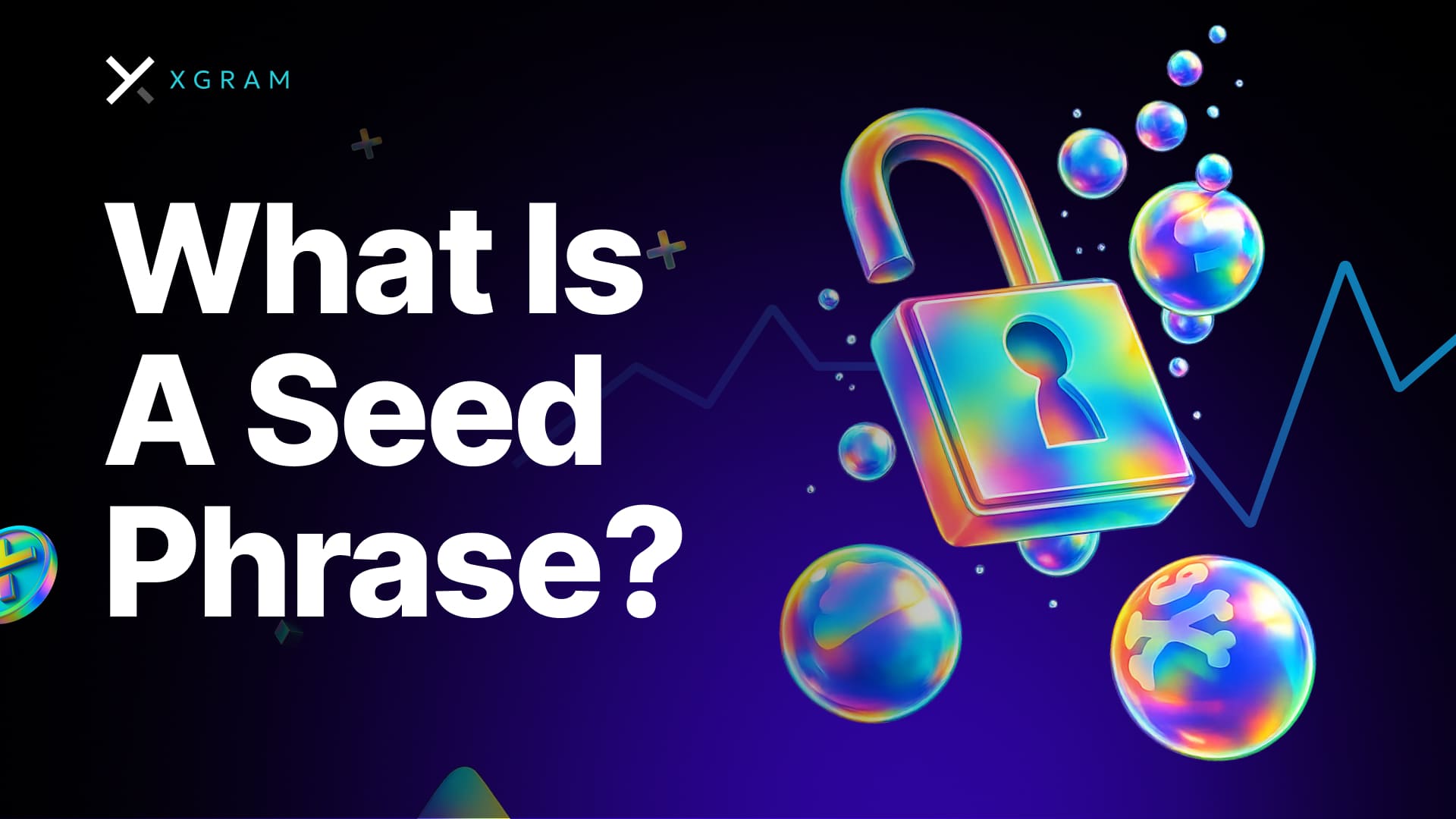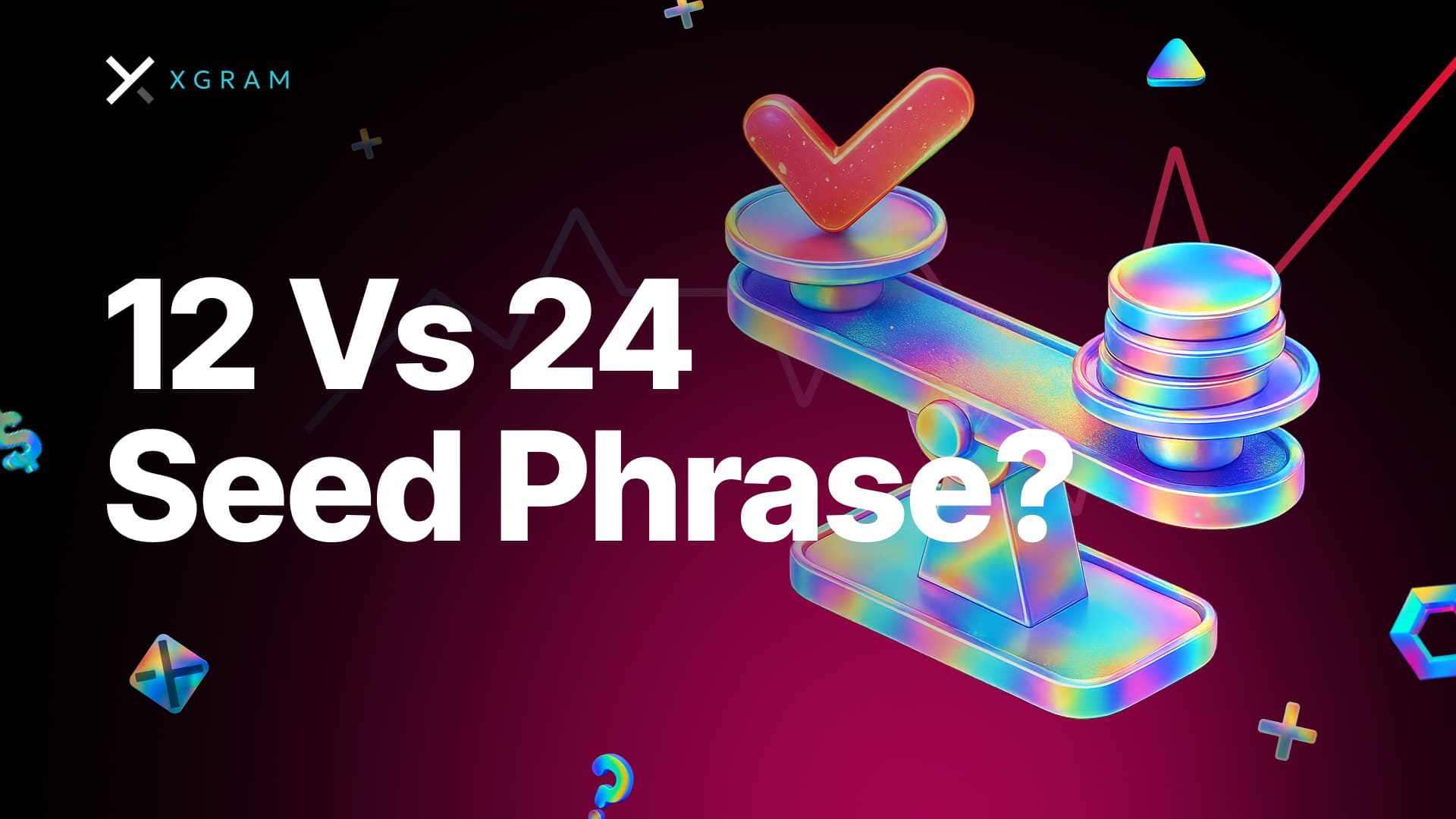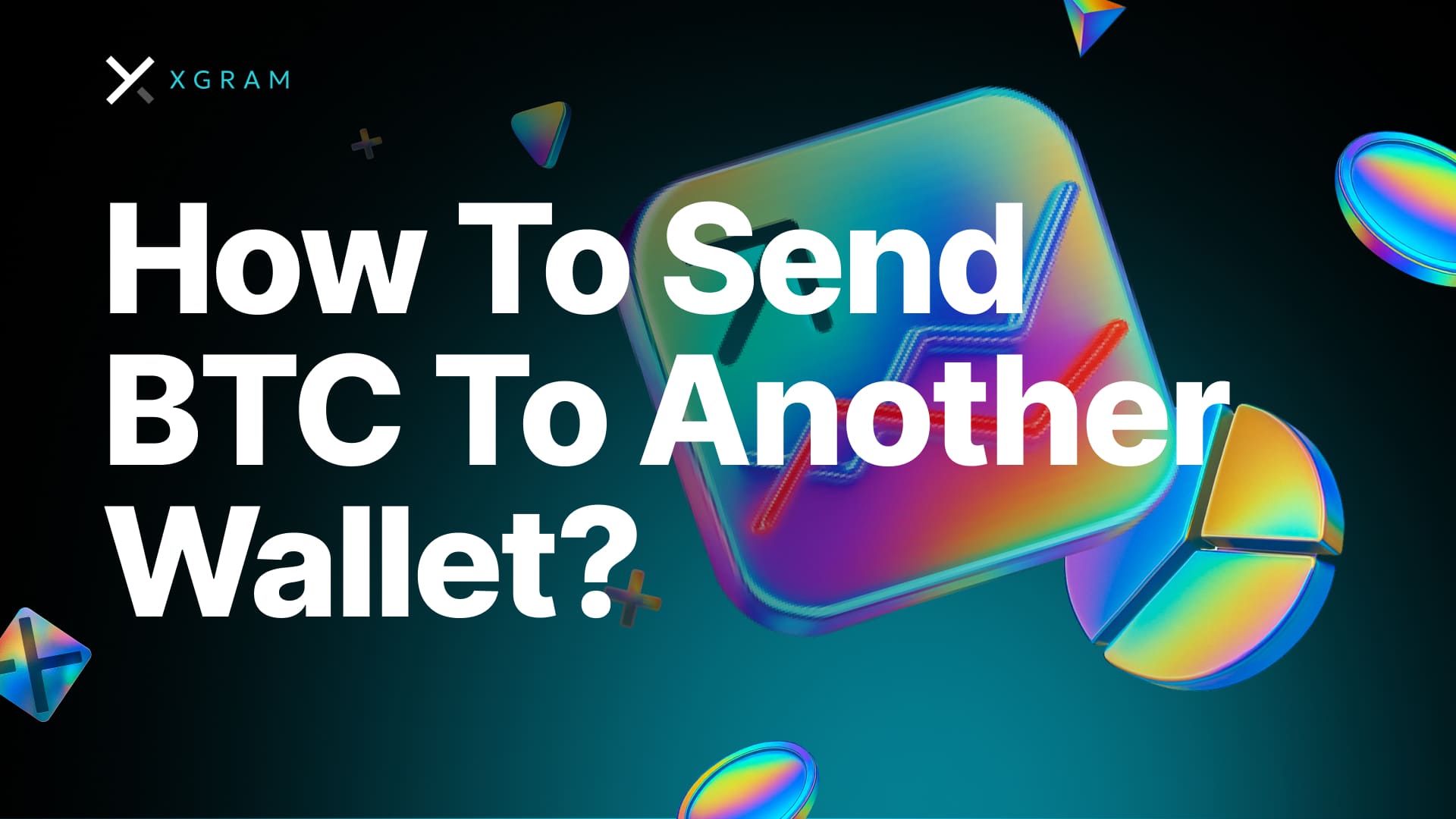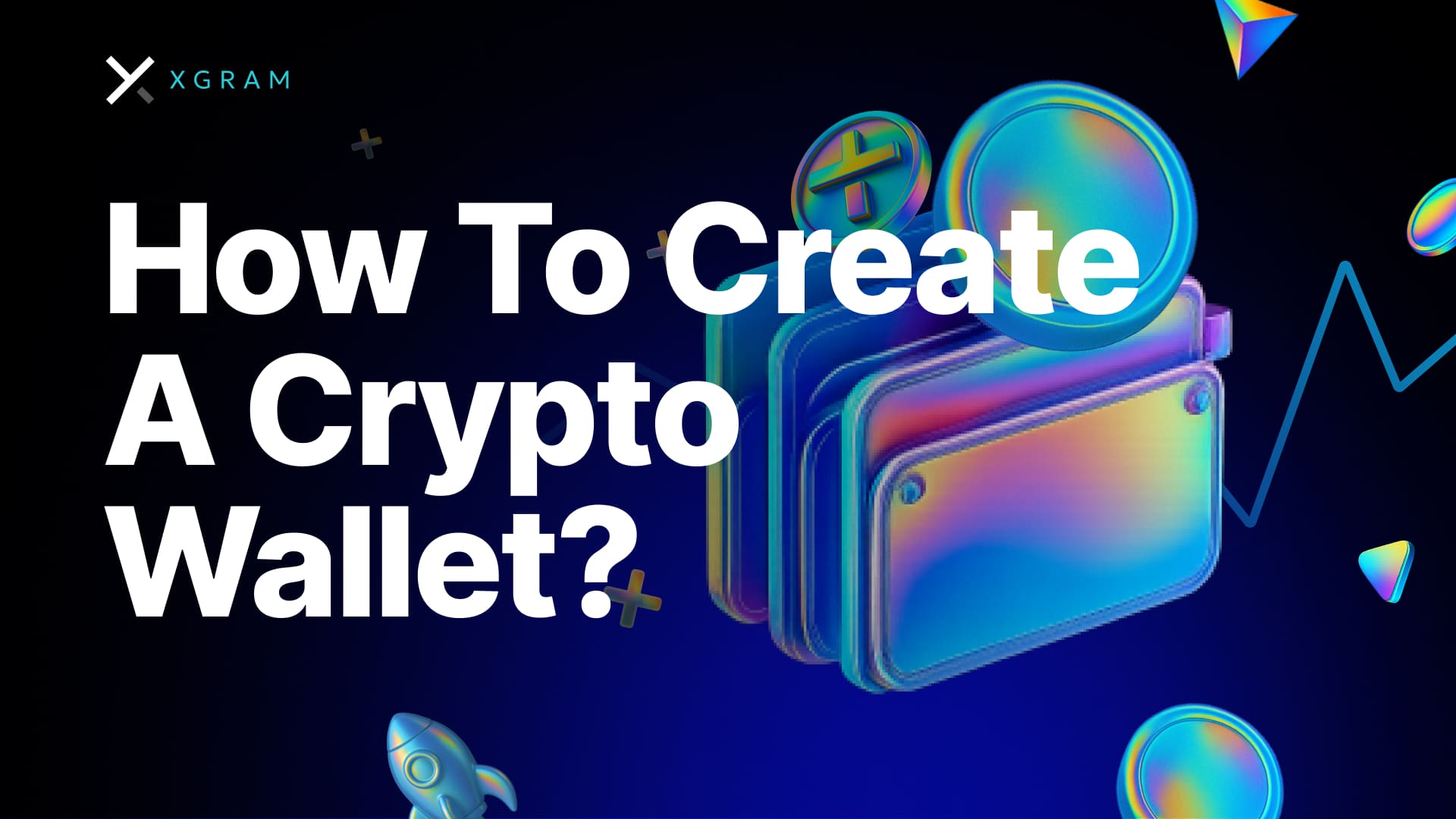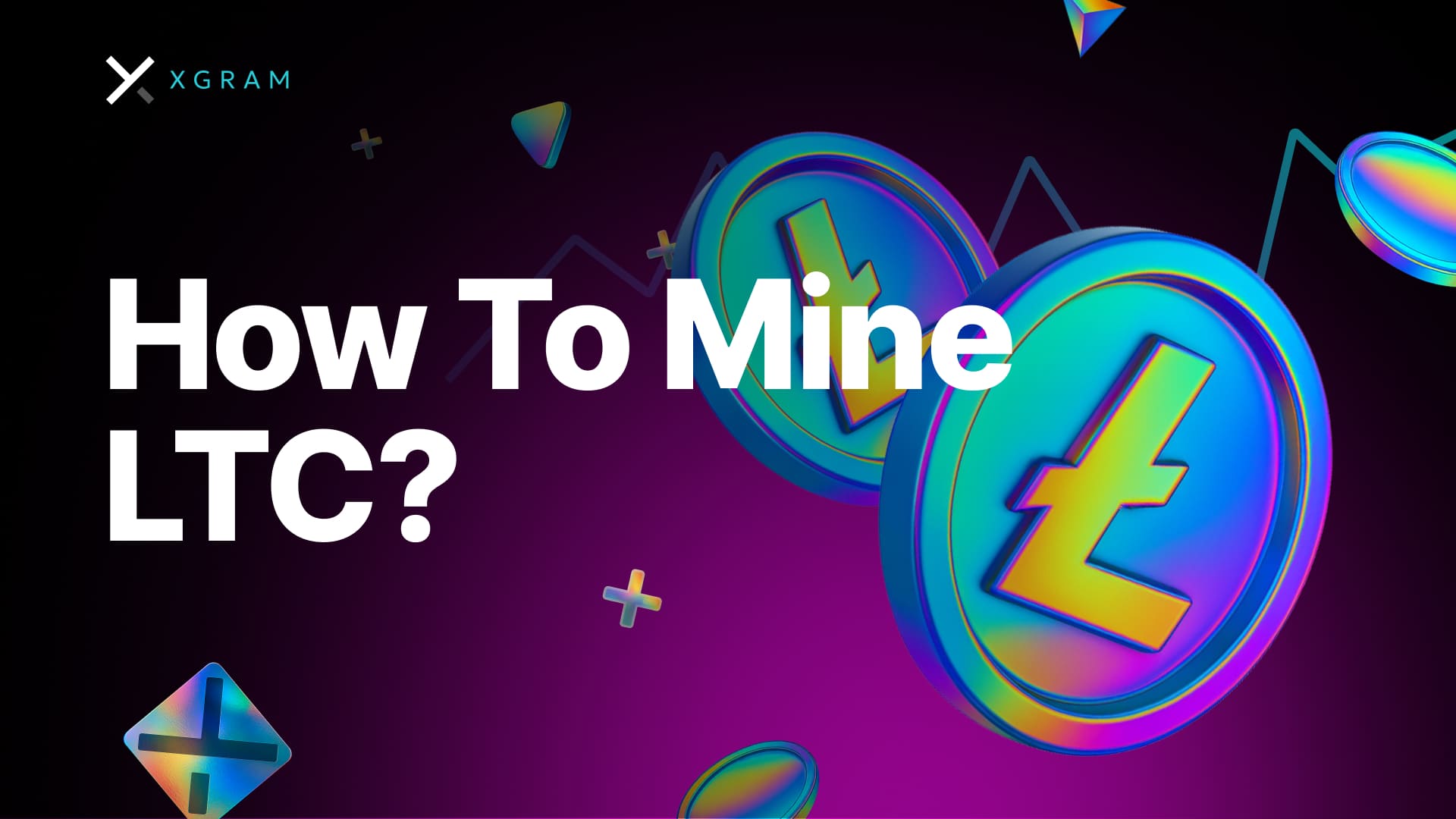

Personal manager

For exchanges from $10,000:
Full control and transaction support
We respond to any questions within 1 minute
Support will begin after the exchange starts
What-is-peer-to-peer-p2p
Your source for the latest cryptocurrency news — trends, analysis, and market movements.
We are preparing content for this section. Stay tuned for updates.
Personal manager

For exchanges from $10,000:
Full control and transaction support
We respond to any questions within 1 minute
Support will begin after the exchange starts
Most popular posts
Here you will find a selection of the most popular articles and posts from the past month, carefully chosen for your convenience.


For the last month
Company
For Business
Support
- FAQ
- Check Exchange Status
- Mail[email protected]
- Telegram Support@Xgram_team
- Partner's manager in Telegram@Xgrammanager
Exchange pairs

